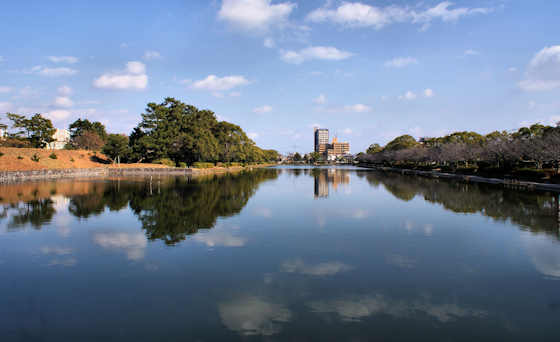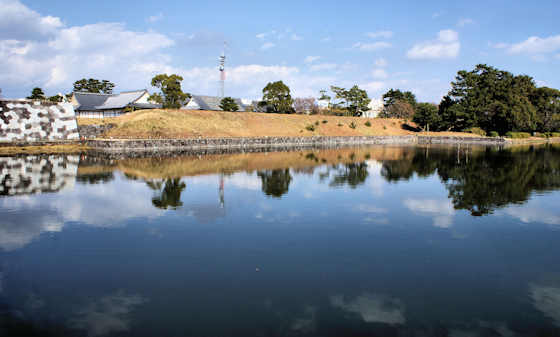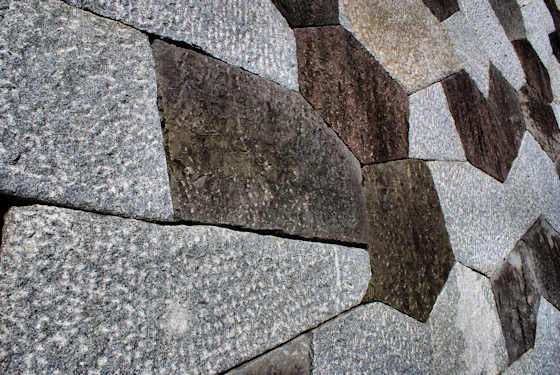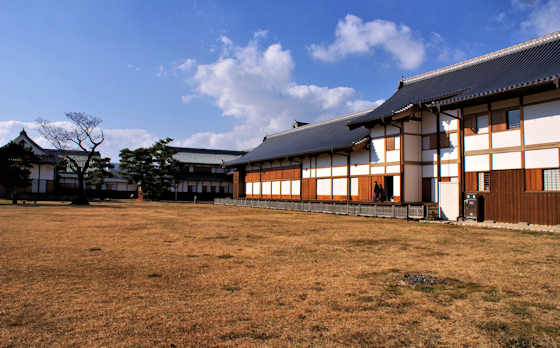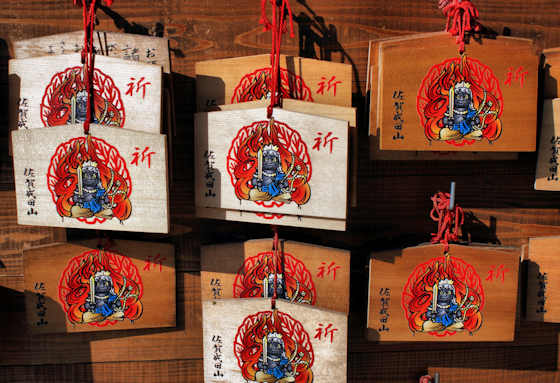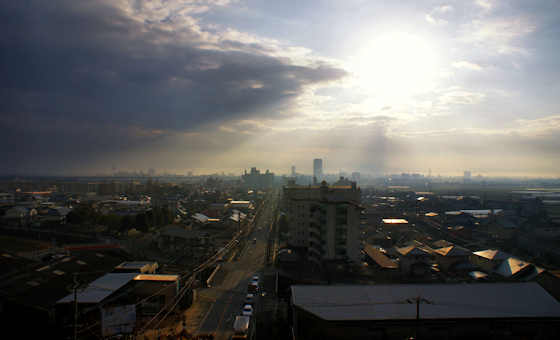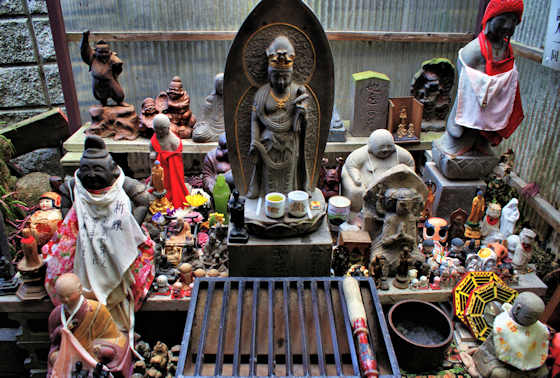Saga Castle Palace
The Saga Castle History Museum is housed in one of the biggest wooden reconstructions in Japan.
When I first visited in early January 2014, they were getting ready for a concert by massed koto and shakuhachi. The gendered roles are telling. The men wore western-style suits implying modernity and the women wore kimonos, representing tradition.
It is a reconstruction of part of the palace that was built on the site following a fire at the castle in 1835. It was mostly destroyed in the Saga rebellion in 1874.
Though only about one-third of the former palace has been rebuilt, it is still massive, covering 2,500 sq m, and using 700 tatami mats, 320 being used in the great hall where the concert was taking place.
There are various historical exhibits scattered around the building, but they tend to be somewhat swallowed up in the vastness of the place.
The vastness of the place is a large part of its attractiveness. What was disappointing was there was no ostentatious decoration as I have seen at other palaces in Japan. However, entry is free and that is good.

















